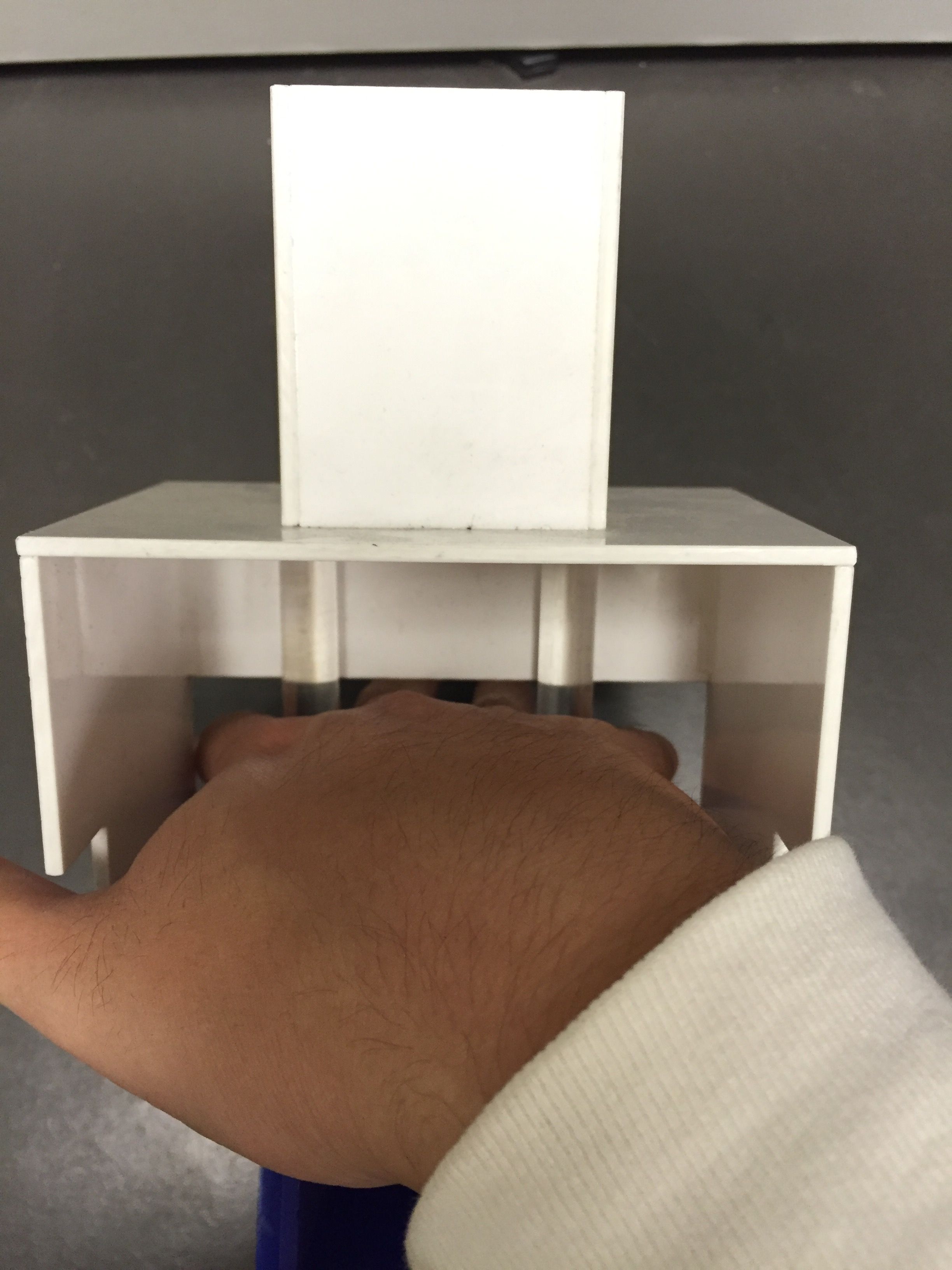Hand Back Project
Hand Back System
The structure of the system is simple and conventional, the light, the lens, the camera, the case, and the frame grabber. The imaging is reflective. The light and the camera are in the same side of the object. The environment is closed to avoid environmental light interferences.
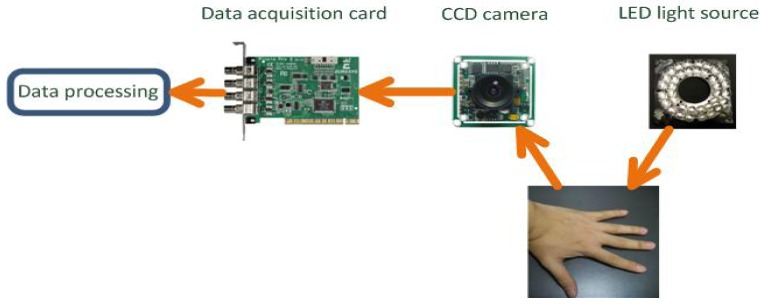
Hand Back Prototype
The first prototype is build with black acrylic.
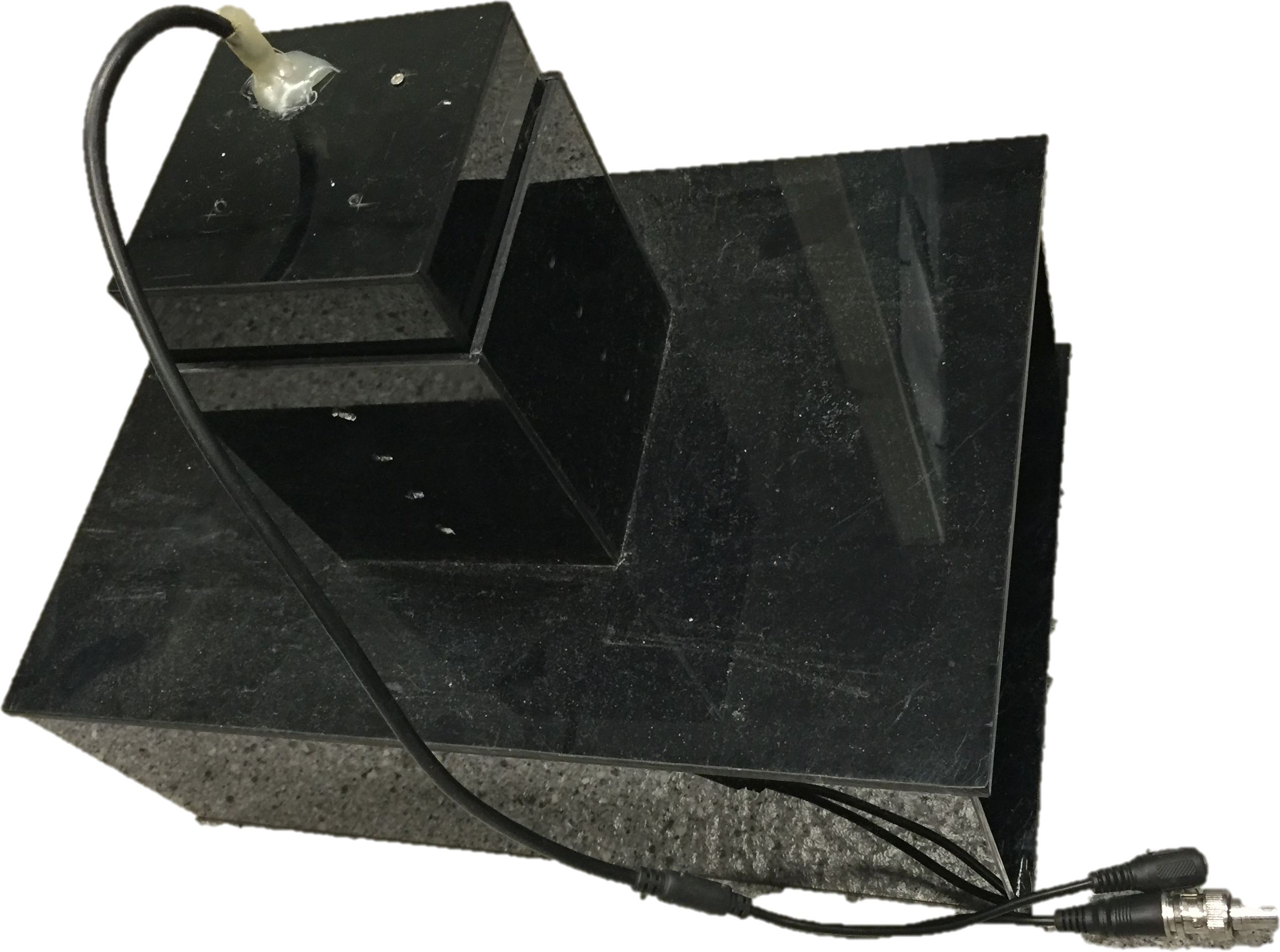
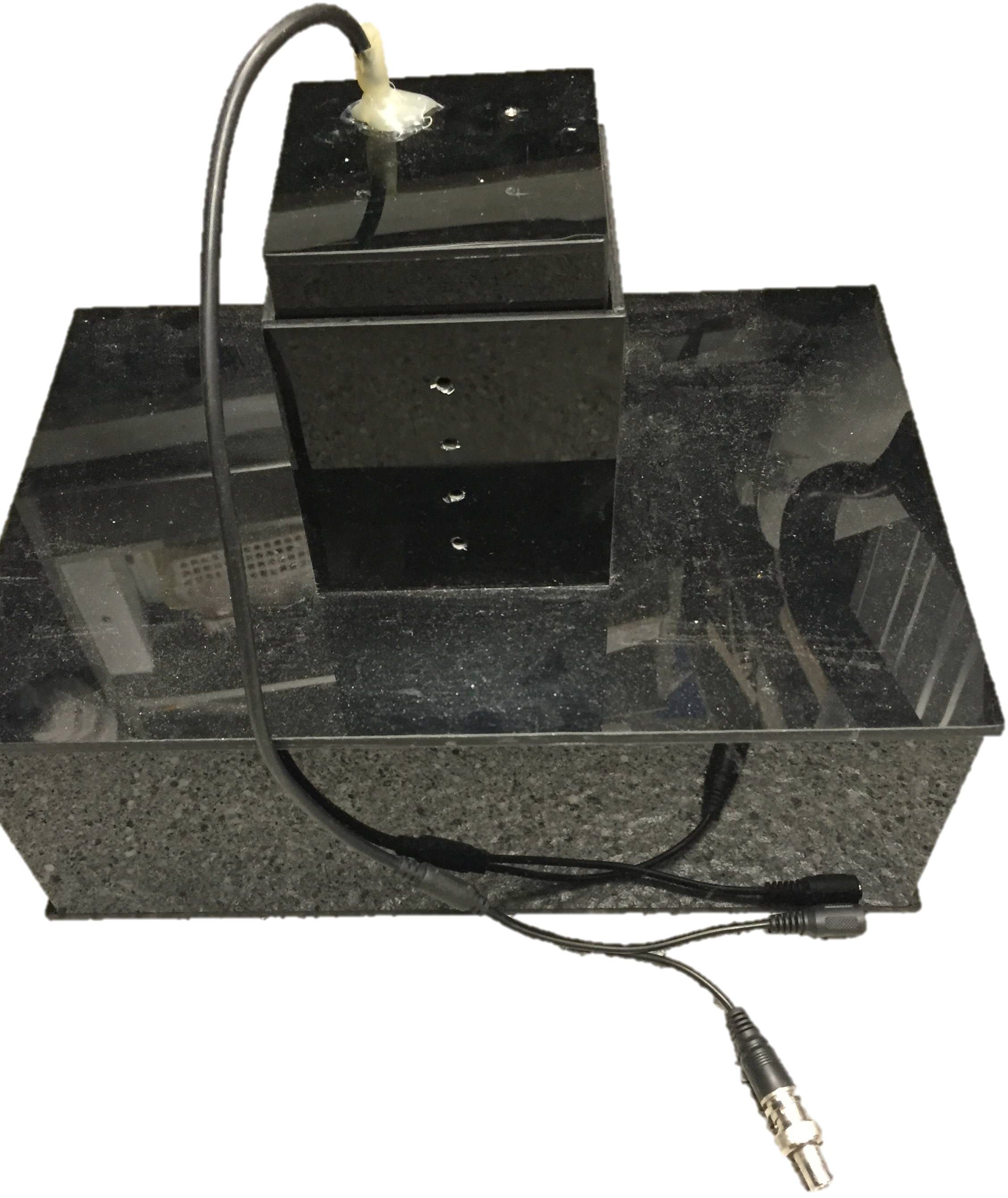
The device encloses the whole hand inside the chamber, which is a protective environment for image capturing, and fixes the hand with two pegs, one between the index finger and the middle finger and the other between the ring finger and the little finger. Above the chamber, there is a LED-camera module. The height of the module is step adjustable.
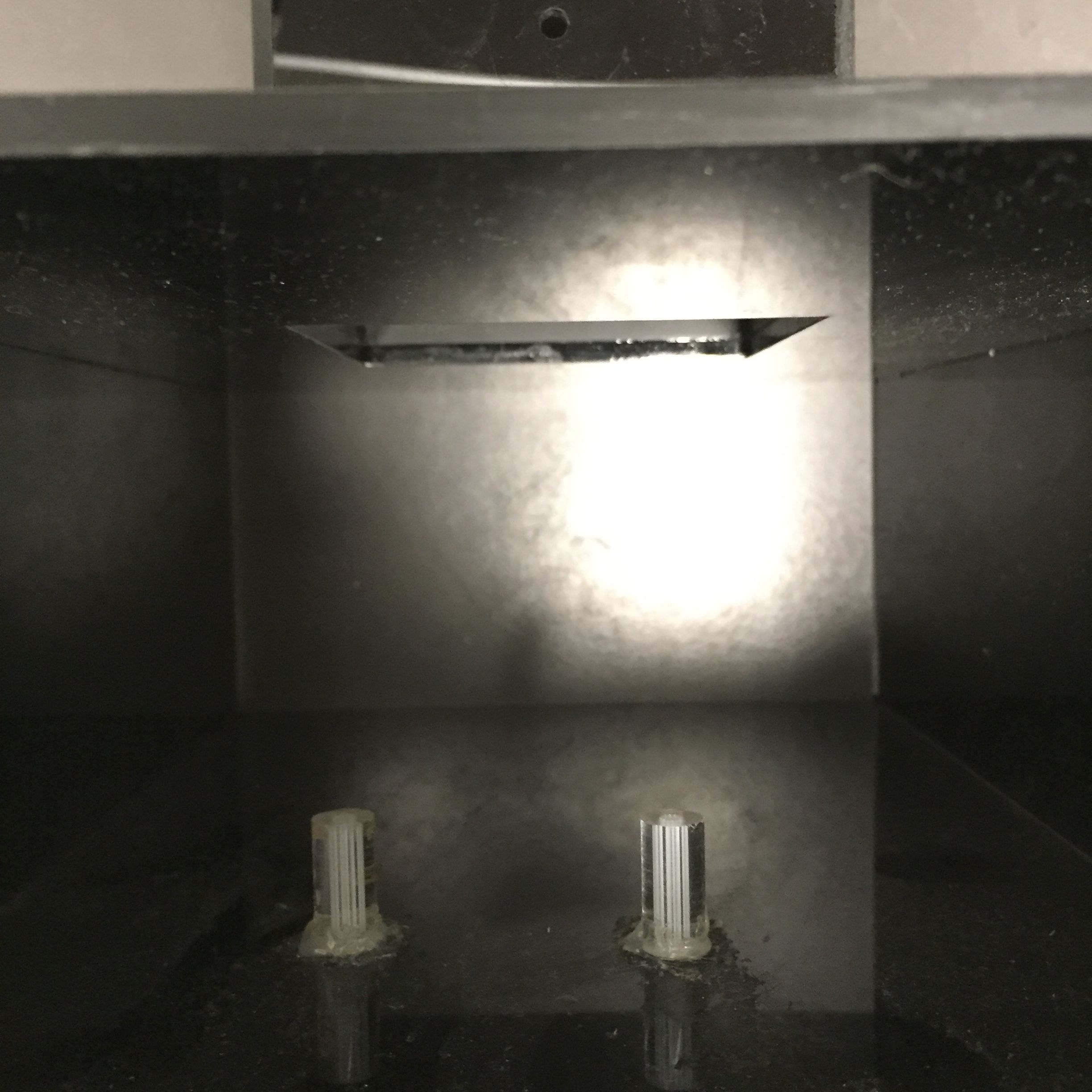
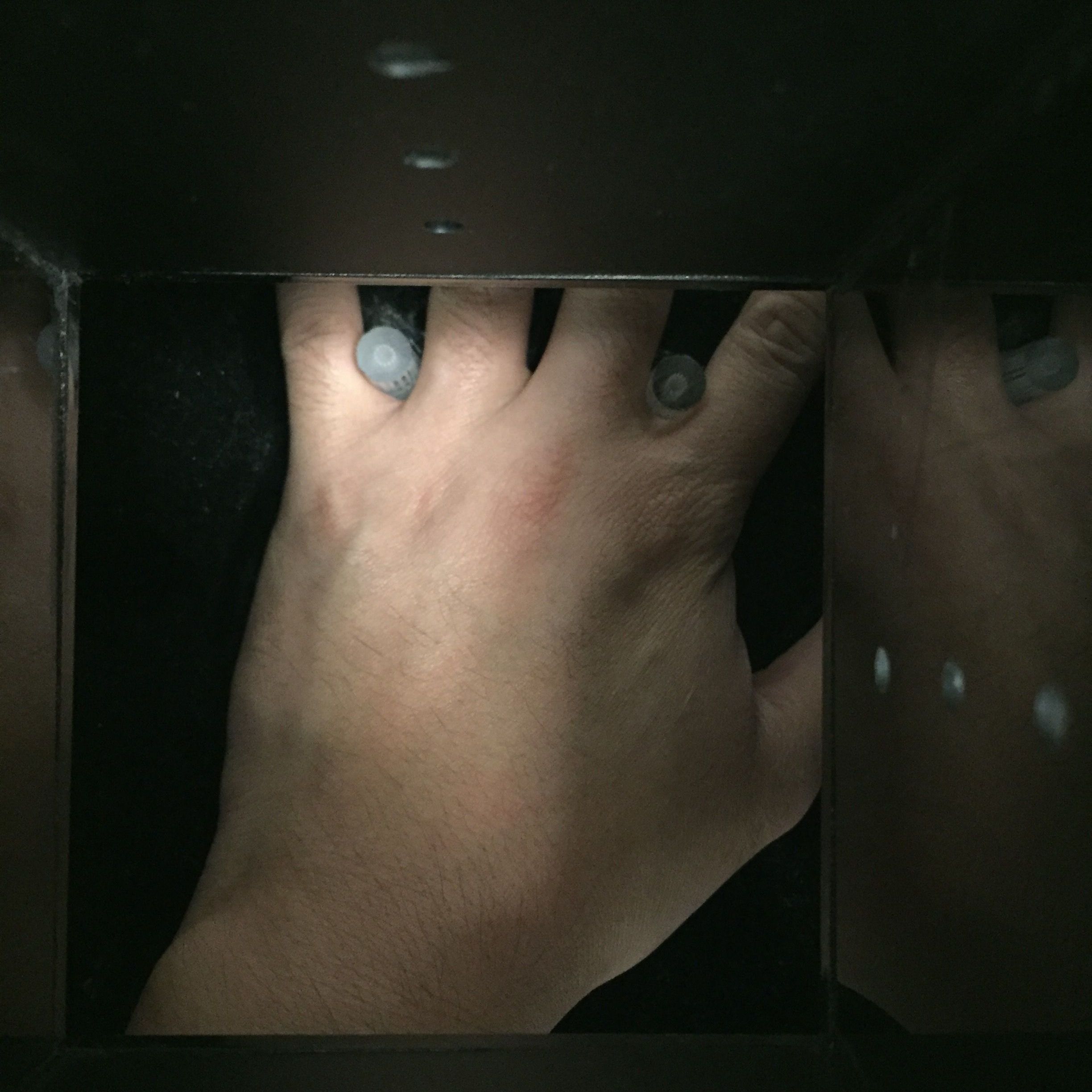
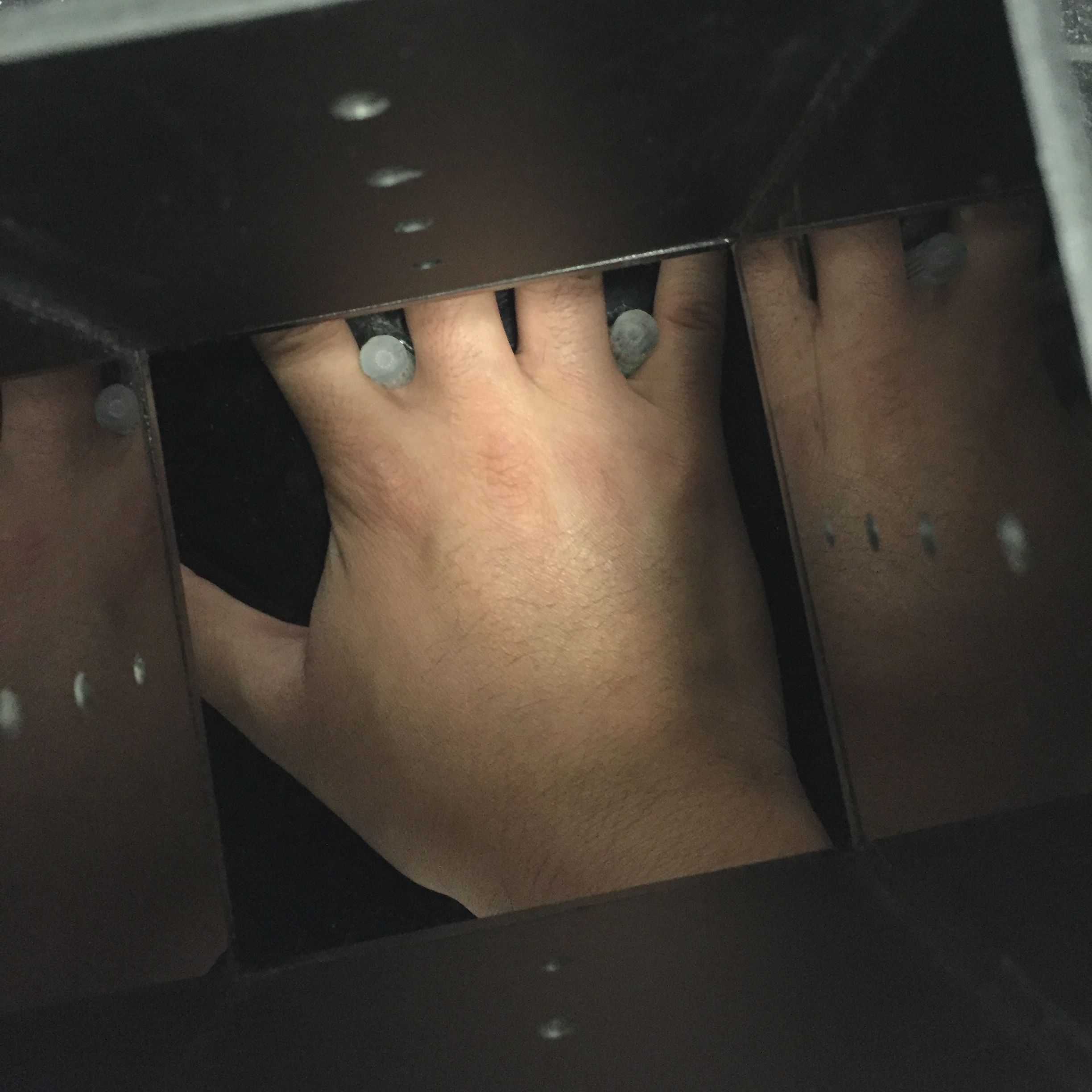
This device is used to evaluate the scheme of hand back system. Meanwhile, the imaging parameters like illumination, the shutter speed, distances, and the structure are measured and optimized.
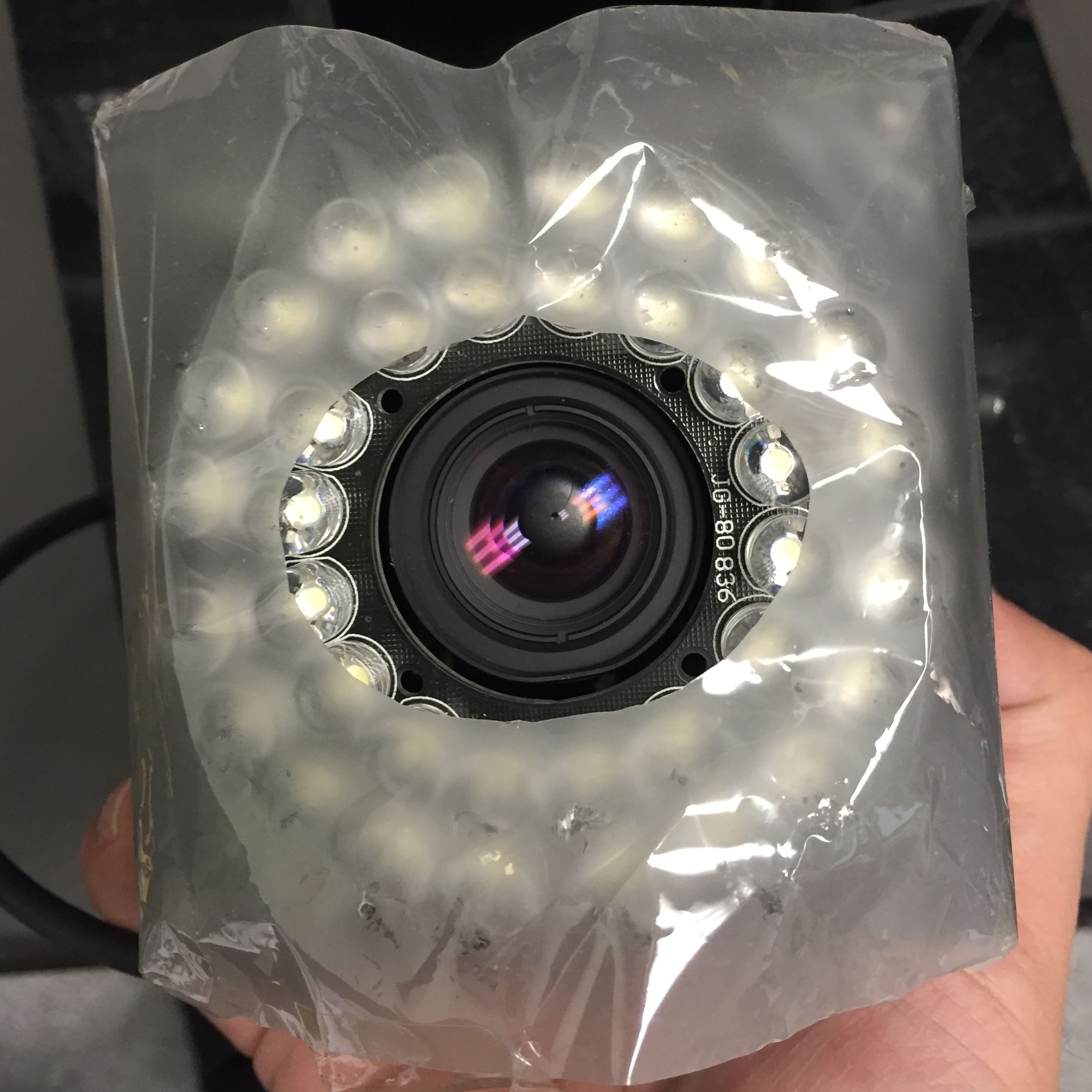
The reflections are a challenge to the system. Thus we used the diffusion membrane to get a diffusion light. With this diffusion light, the illumination is even and there is no reflections in the captured image.
Hand Back Compact
The compact hand back device is built based on the lessons learned from the prototype. The imaging structure is same to the prototype. But the volume is reduced. The LED and camera are fixed to the acrylic framework. Many fixing holes are carved in the acrylic framework, which is also an installation guide. This structure is concise and compact without any unnecessary part.
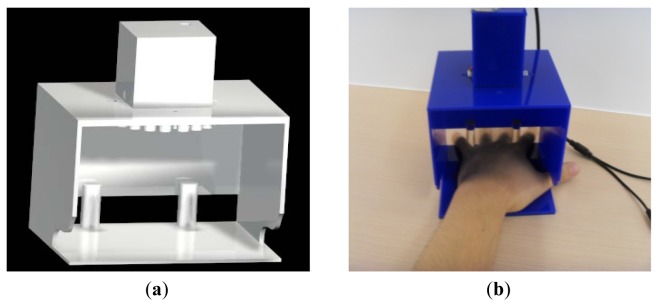
Hand Back Mini
After the compact device, we have planned a mini hand back device for possible future application. With a lens of a wide angle of view and a mini camera module, the hand back device could be further reduced.
